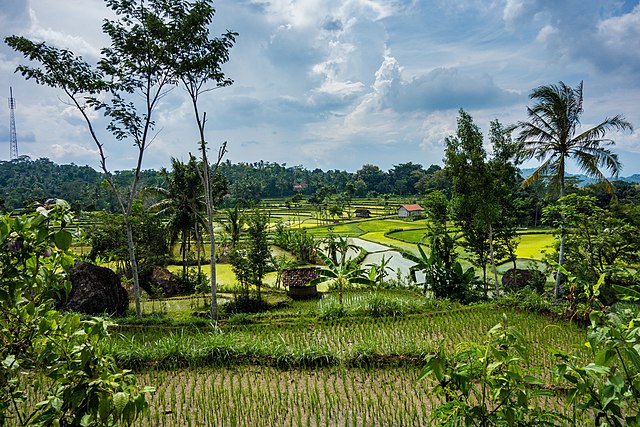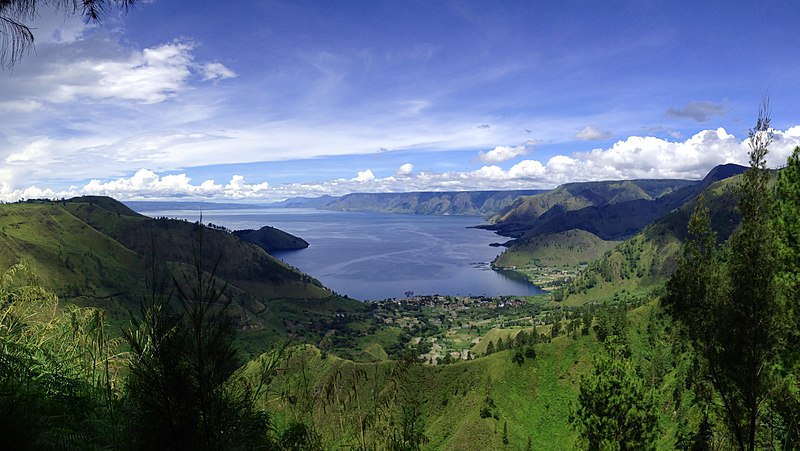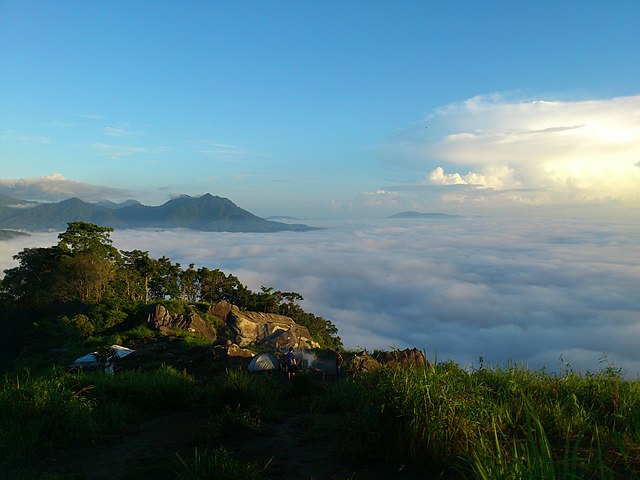
Thammasat University students who are interested in Association of Southeast Asian Nations (ASEAN) history, military history, colonialism, political science, Indonesia, the Netherlands, and related subjects may find a newly available book useful.
Beyond the Pale: Dutch Extreme Violence in the Indonesian War of Independence, 1945-1949 is an Open Access book, available for free download at this link:
https://directory.doabooks.org/handle/20.500.12854/78937
The TU Library collection includes several books about different aspects of the Indonesian War of Independence.
Beyond the Pale is a product of the The Netherlands Institute for War Documentation (NIOD) Institute for War, Holocaust and Genocide Studies; The Royal Netherlands Institute of Southeast Asian and Caribbean Studies at Leiden (KITLV); and the Military History Institute of the Netherlands Ministry of Defence (NIMH).
The book was coedited by Professor Gert Jan Oostindie, a Dutch historian and professor who specialises in Dutch colonial history and the Dutch Caribbean and Professor Frank van Vree, a researcher at the NIOD and professor of History of War, Conflict and Memory at the University of Amsterdam, the Netherlands, among others.

As the publisher’s description posted online explains,
On 17 August 1945, two days after the Japanese surrender that also brought an end to the Second World War in Asia, Indonesia declared its independence. The declaration was not recognized by the Netherlands, which resorted to force in its attempt to take control of the inevitable process of decolonization. This led to four years of difficult negotiations and bitter warfare. In 2005, the Dutch government declared that the Netherlands should never have waged the war. The government’s 1969 position on the violence used by the Dutch armed forces during the war remained unchanged, however: although there had been ‘excesses’, on the whole the armed forces had behaved ‘correctly’. As the indications of Dutch extreme violence mounted, this official position proved increasingly difficult to maintain. In 2016, the Dutch government therefore decided to fund a broad study on the dynamics of the violence. The most important conclusions of that research programme are summarized in this book. The authors show that the Dutch armed forces used extreme violence on a structural basis, and that this was concealed both at the time and for many years after the war by the Dutch government and by society more broadly. All of this – like the entire colonial history – is at odds with the rose-tinted self-image of the Netherlands.

Professor Oostindie notes in a preface:
Between 1945 and 1949, Indonesia defended its recently declared independence, and the Netherlands waged its last major colonial war. Much is now known about this war, but a great deal has also remained unclear or contested… On 17 August 1945, Sukarno and Mohammad Hatta proclaimed the Republic of Indonesia. Their proclamation of independence came two days after the Japanese capitulation, which had brought an end to the Second World War and paved the way for the departure of the Japanese occupation forces from Indonesia. The Japanese occupation, which had lasted three and a half years, had effectively brought an end to the Dutch East Indies in 1942. The Dutch government refused to accept Sukarno and Hatta’s proclamation of beyond the pale 12 independence and initially sought to recolonize the archipelago – that is, to restore its colonial authority. From 1946, Dutch policy was geared towards a process of decolonization under the auspices of the Dutch government. This was made conditional upon a restoration of ‘calm and order’ – or, as a later wording put it, ‘order and peace’ – that had to be enforced by military means. It was for this reason that this process – which from the Dutch perspective was concluded on 27 December 1949 with the transfer of sovereignty – was characterized by not only protracted negotiations, but also bitter warfare. The war took a very unequal toll, as demonstrated by the fatalities documented by the Dutch armed forces: approximately 5,300 deaths on the Dutch side, of which half were the result of accidents or disease, compared to possibly 100,000 soldiers and civilians killed on the Indonesian side as a result of Dutch violence. The Dutch authorities justified the war as necessary for restoring calm and order. Hidden behind this justification were economic and geopolitical interests as well as a colonial sense of obligation to help the colony in its development. More specifically, the Republic was portrayed as nothing more than a Japanese fabrication, while the restoration of order was allegedly focused primarily on protecting the European population – and other groups affiliated with the colonial regime – from the revolutionary violence. By contrast, the Indonesian nationalists saw the return of the Dutch military and colonial administration as an act of aggression and an attempt to restore the colonial order. This remains the leading view in Indonesia, a view that comes in many variations. This period is seen by Indonesians as a Dutch attempt to ‘reoccupy’ and ‘recolonize’ the archipelago, and by the same token as the ‘defence of our independence’. The Dutch government’s standpoint has since evolved from one of justifying its own policy to that of concluding that the Netherlands had stood ‘on the wrong side of history’ during these war years. With this statement, pronounced in 2005 by the then Minister of Foreign Affairs Ben Bot, the Dutch government ‘generously’ accepted the legitimacy of the proclamation of independence both ‘politically and morally’, reaffirming ‘earlier expressions of regret’. In his speech, Minister Bot described the entire history as ‘extremely bitter for everyone involved: for the Indo-Dutch community, for the Dutch soldiers, but first and foremost for the Indonesian population itself ’. In doing so, he made a statement about the appropriateness – and implicitly also the legitimacy – of the Dutch decision to deploy military resources on a large scale. Bot was less explicit about the way in which the Dutch military had waged this war, even though he did say that ‘the separation of Indonesia from the Netherlands took longer and was accompanied by more military violence than was necessary’. In 2020 in Indonesia, King Willem-Alexander unequivocally offered excuses for the ‘excessive violence on the part of the Dutch’. He did not, however, make clear whether these excesses had been incidental or more structural in nature. The idea that these excesses were ‘merely’ incidents has been questioned for some time. Nonetheless, the government stance formulated in 1969 by Prime Minister Piet de Jong – which states that while regrettable ‘excesses’ did occur, ‘the armed forces as a whole acted correctly in Indonesia’ – to this day remains unrevised…
Historical research should be based on knowledge of the historiography and the careful use of sources, including in our case in-depth reflection on the limitations of – and ‘gaps’ in – the colonial source material. Such research should rest on a balanced processing of this source material, but it should also make explicit the historians’ own presuppositions and reasoning and do justice to all findings, even if new information conflicts with the researchers’ own assumptions and arguments. This also requires transparency with regard to the use of terminology, because interpretations are often already implied in the decision to use certain terms.

(All images courtesy of Wikimedia Commons)
